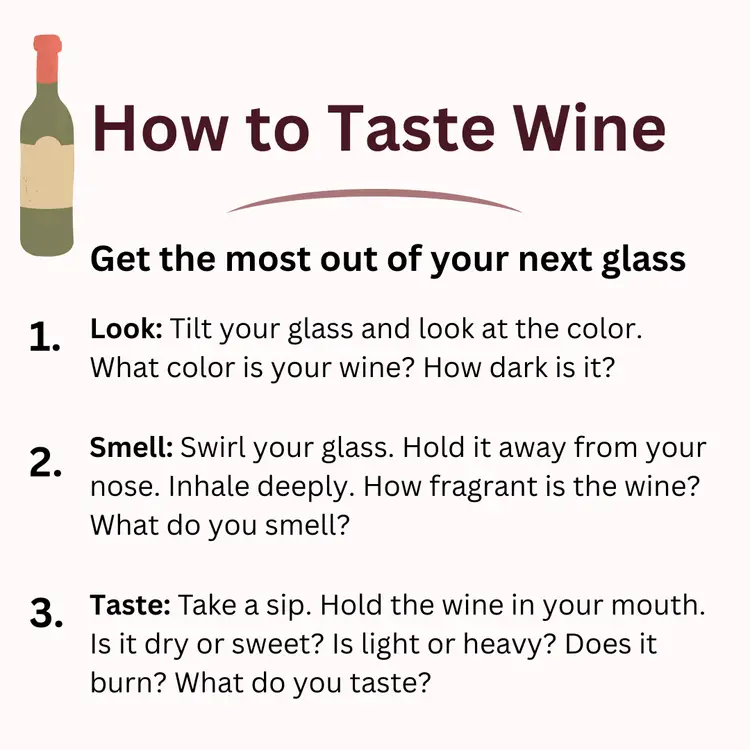
Did you know that just 10 grape varieties dominate wine grape plantings around the world? It’s a staggering fact considering there are over 10,000 different wine grape varieties out there. With such a vast array of choices, it’s only a matter of time before you come across unfamiliar wines from grape varieties that are new to you. So knowing how to taste wine properly comes in handy – whether you’re new to wine or have been to more than a few wine shops.
To taste wine properly, 1) find a wine, 2) tilt the glass and look at the color, 3) swirl and smell for aromas, 4) sip and feel the wine’s body, 5) explore the flavors, and 6) relate the new wine to one you know.
Here’s how to taste wine properly:
How to Taste Wine Properly: 6 Easy Steps
Step 1: Find a New-to-You Wine
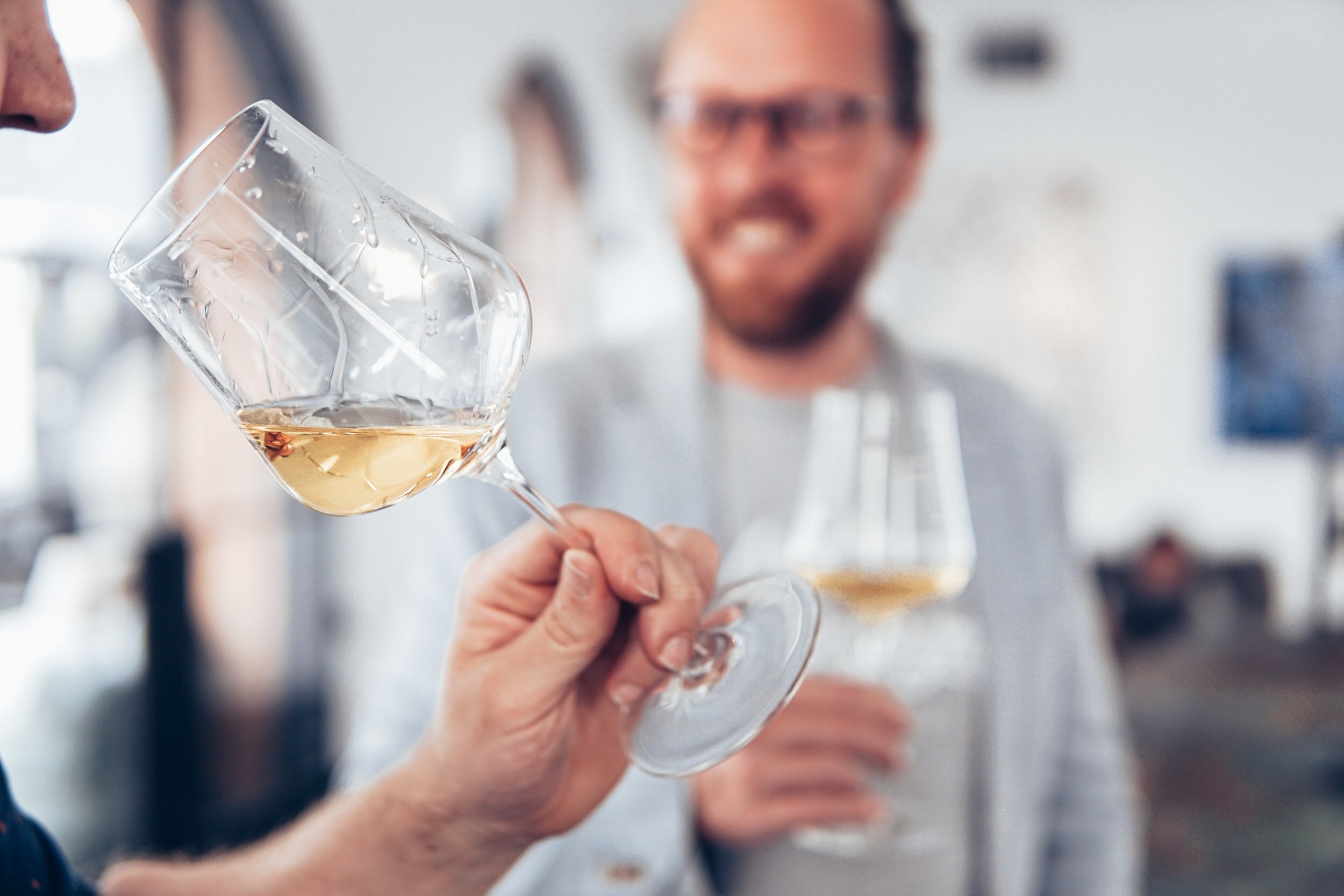
To begin your exploration, step out of your comfort zone and choose a wine made from a grape variety you’ve never tried before. Challenge yourself to look beyond the usual suspects and seek out lesser-known or regional varietals. Remember, the goal is to embrace new flavors and expand your wine knowledge.
Here are a few recommendations:
Red Grapes:
- Blaufränkisch (Red)
- Trousseau (Red)
- Mencia (Red)
White Grapes:
- Treixadura (White)
- Godello (White)
- Picpoul Blanc (White)
Curious to taste something new? Here’s a love note to Verdejo wine, a personal favorite.
Step 2: Opening and Pouring the Wine: Color Clues
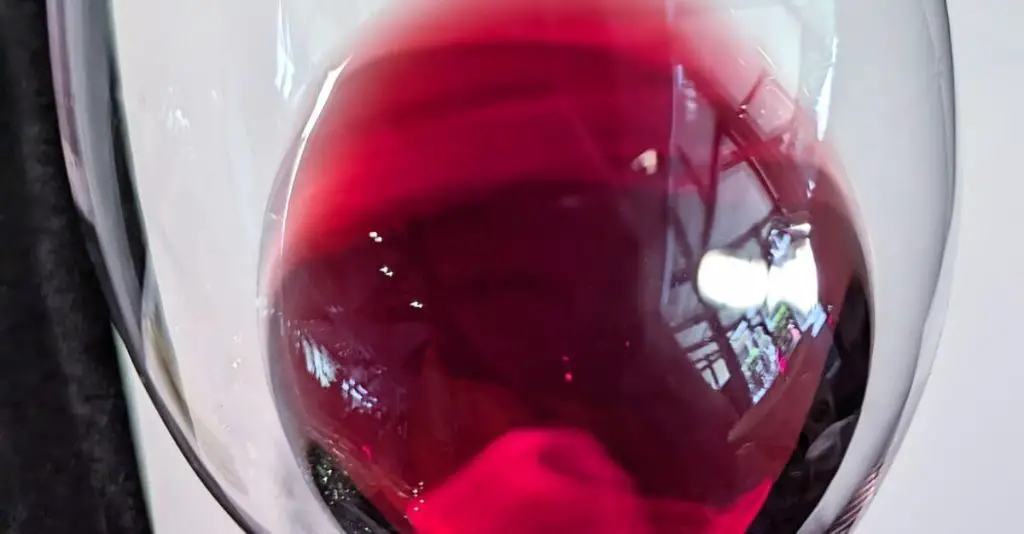
Once you’ve acquired your chosen wine, it’s time to open the bottle and pour yourself a glass. Take a moment to appreciate the anticipation and the excitement of trying something new. Here’s what you need to do:
- Go over the label clues and see what you can discover about the wine.
- Are their winemaking notes?
- Information about the grower?
Helpful Tip: If you’re curious and have the time, look up the producer online and take a virtual tour of their winery or wine region on their website. This is a great way to learn more about winegrowing regions and build your wine lexicon.
Next, tilt the wine away from you over a white piece of paper. You are looking for:
- Red Wine Color: Young red wines are typically ruby-colored. Old red wines are brick-red colored (garnet). The hue, or depth, of the color can give you clues about the grape itself. Pinot Noir makes very light-colored wines. Syrah makes deeply pigmented wines. Red wines fade and become lighter as they age.
- White Wine Color: Darker yellow wines mean that 1) the wine is older, or 2) was exposed to micro-amounts of oxygen during winemaking – maybe your white wine was aged in an oak barrel, for example.
Fun Wine Tasting Idea: Get two bottles of wine made from the same grape (and same region, if you can), one that is made from this year and one that is at least 5 years old. Pour the wines into glasses and see if you can identify the difference in the color and hue of the wines. I bet you can!
Step 3: Swirling, Smelling, and Identifying Aromas
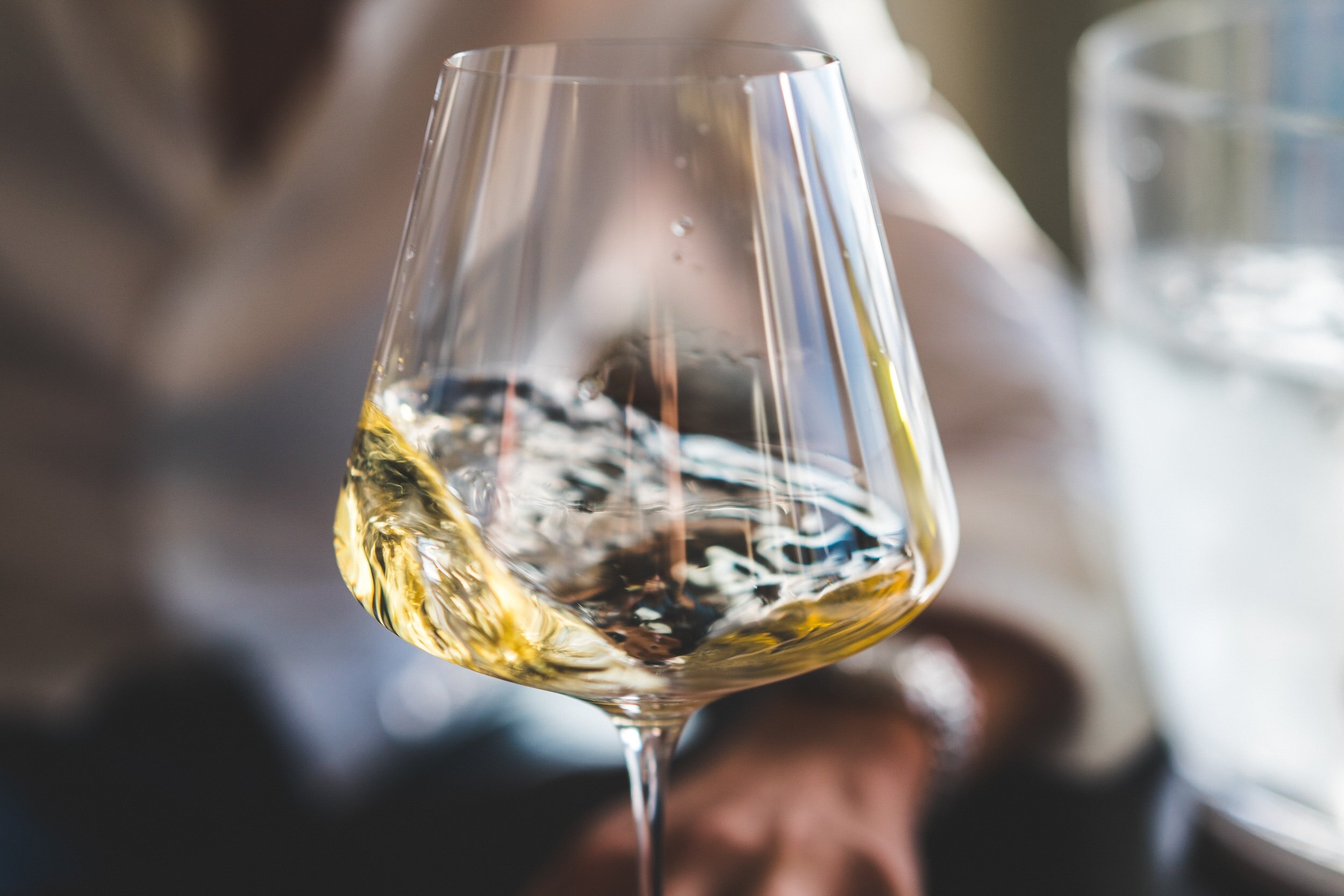
Swirl the wine gently in your glass. This action helps to release its aromas, allowing you to fully experience its bouquet.
Helpful Tip: Check out this 30-second tasting tip on why swirling your wine makes it taste better.
Take a moment to inhale deeply and try to identify any familiar scents that come to mind.
- Does the wine evoke memories of other favorite wines?
- Can you detect hints of berries, spice, or citrus?
- Red wines: Do you smell red or black fruit? (cranberry, strawberry, blackberry?)
- White wines: Do you smell citrus, green tree, stone, or tropical fruit? (lemon, apple, peach, pineapple?)
Start with the big categories, don’t worry about getting into the details. If you have the tasting notes, then use these as a guide to see if you can pick out the individual flavors. Most new wine drinkers will naturally develop this talent over time.
The aromas can give you clues about the wine’s flavor profile and help you form an initial impression.
Step 4: Sipping and Analyzing the Wine’s Structure
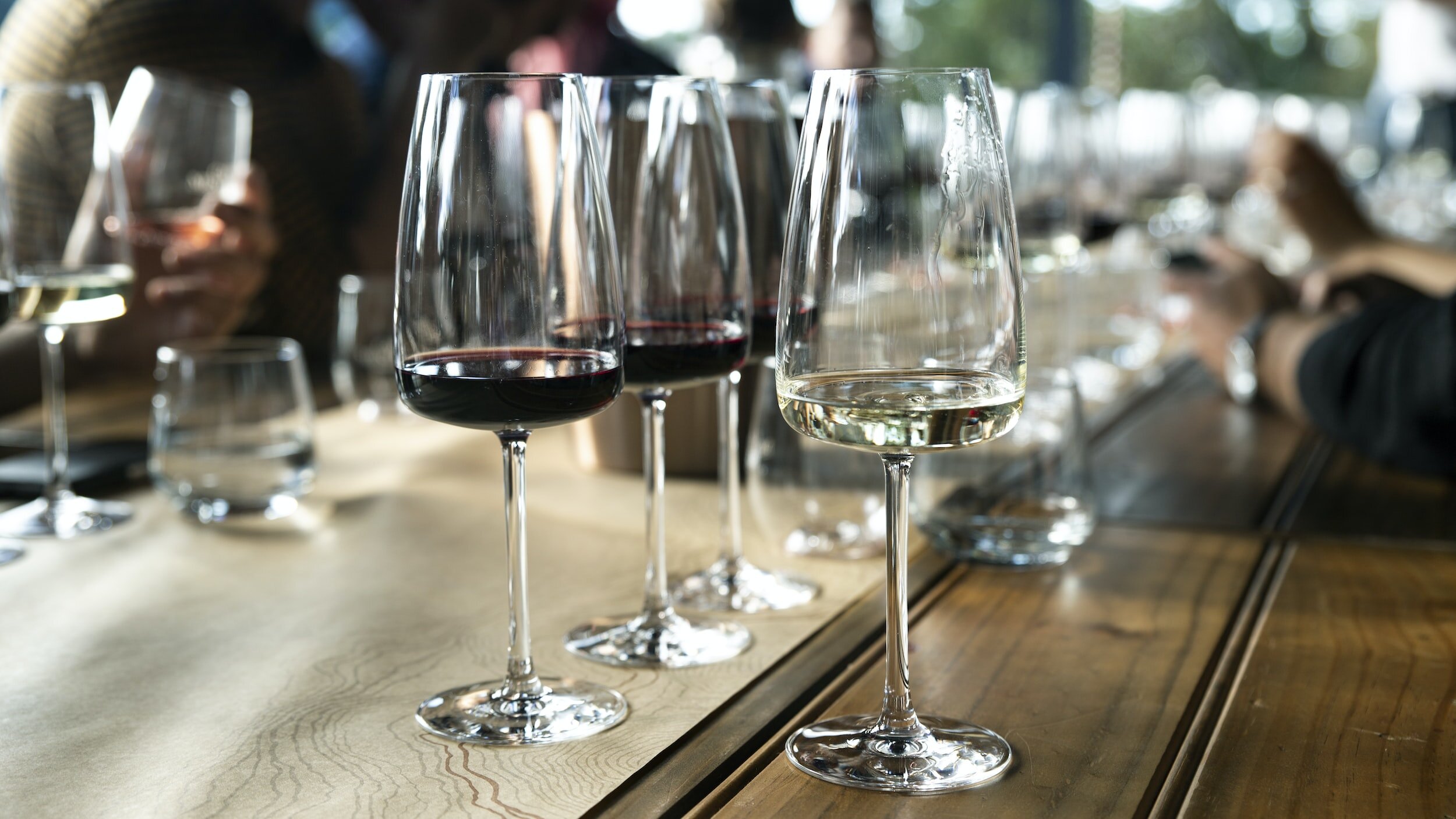
Now it’s time for the moment of truth – take a sip of the wine and let it linger in your mouth.
Every wine has a structure to it:
- Tannin: Often the structural element we notice first in red wines, tannin will coat your mouth and leave a drying, chewy sensation. Tannin is usually just in red wines. (Here’s how to taste tannin in wine).
- Acid: This element will leave you salivating. The wine’s fruit will seem young and vibrant (learn more about acid here).
- Alcohol: After you swallow a sip of wine, take a deep breath in. Higher alcohol wines will fill your chest with a burn from the alcohol vapors.
- Body: Every wine has body – a weight to it – that you can feel as you move the wine around your mouth. Think about how the wine transitions from lips to tongue to the throat. A lighter wine will slip across the palate, while a fuller bodied wine progresses at a gentle stroll.
Helpful Sipping Tip: It may take you more than 1 sip to go through what you’re tasting and feeling in your mouth. That’s okay! It’s wine.
Pay attention to its structure and how it feels on your tongue.
- Notice the presence of tannins, which can create a drying or chewy sensation.
- Explore the level of acidity, which can make the wine feel vibrant and refreshing.
- Take note of the alcohol level and how it contributes to the overall mouthfeel.
- Lastly, consider the body of the wine – its weight and texture as it moves across your palate.
- Is it light and ethereal or full-bodied and rich?
Helpful Tip: Check out this post on how to figure out if your wine is sweet (or not) before you buy it.
Step 5: Tasting Wine Properly: Exploring Flavors and Palate Sensations
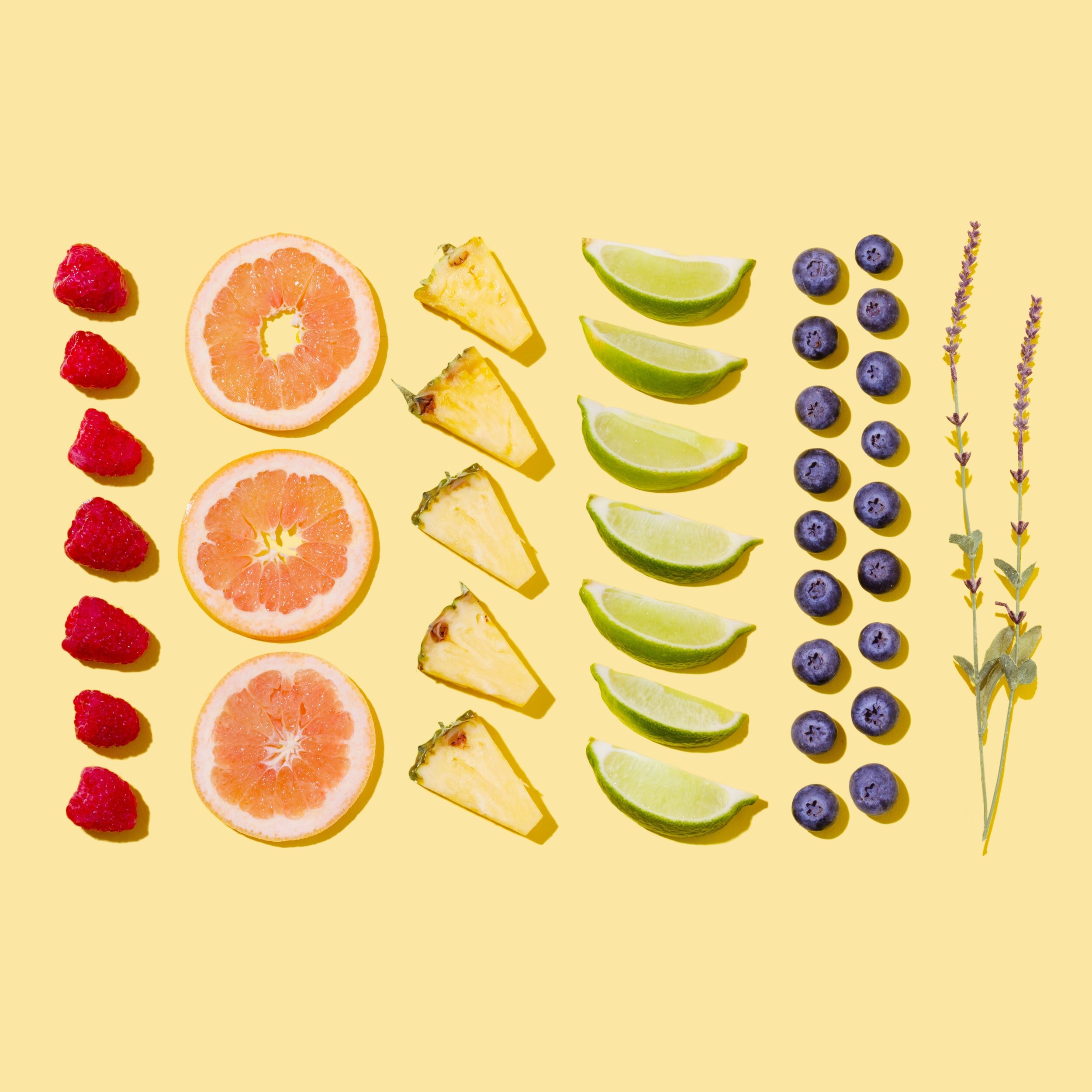
Now that you’ve assessed the wine’s structure, it’s time to delve into its flavors. Often, the aromas you picked up before your first sip will mirror what you taste in your glass.
Personal Note: I often have a hard time smelling black pepper, but have an easier time tasting it. This can happen with any aroma and flavor combination and is unique to different people.
But be open to surprises.
Wines can be unexpected.
- Is there a medley of fruits, a touch of spice, or perhaps a subtle hint of earthiness?
- Did something jump out in your mouth that was hidden in the bouquet?
Fun Wine Fact: Alcohol is bitter. If you’re getting a bitter note after swallowing, you could be drinking a higher alcohol wine, or have an inexpensive wine that isn’t very well made. (Why’s my wine bitter).
Step 6: Relating the New Wine to Familiar Ones
Bring your new wine back to the familiar. As you explore the unfamiliar wine, try to relate it to wines you already know well.
Does it remind you of an aromatic Pinot Noir or a robust Cabernet Sauvignon?
By making connections to wines you know and love, you can better contextualize the flavors and characteristics of the new wine.
This step helps to bridge the gap between the known and the unknown, providing a frame of reference for your tasting experience.
Embracing Personal Preferences
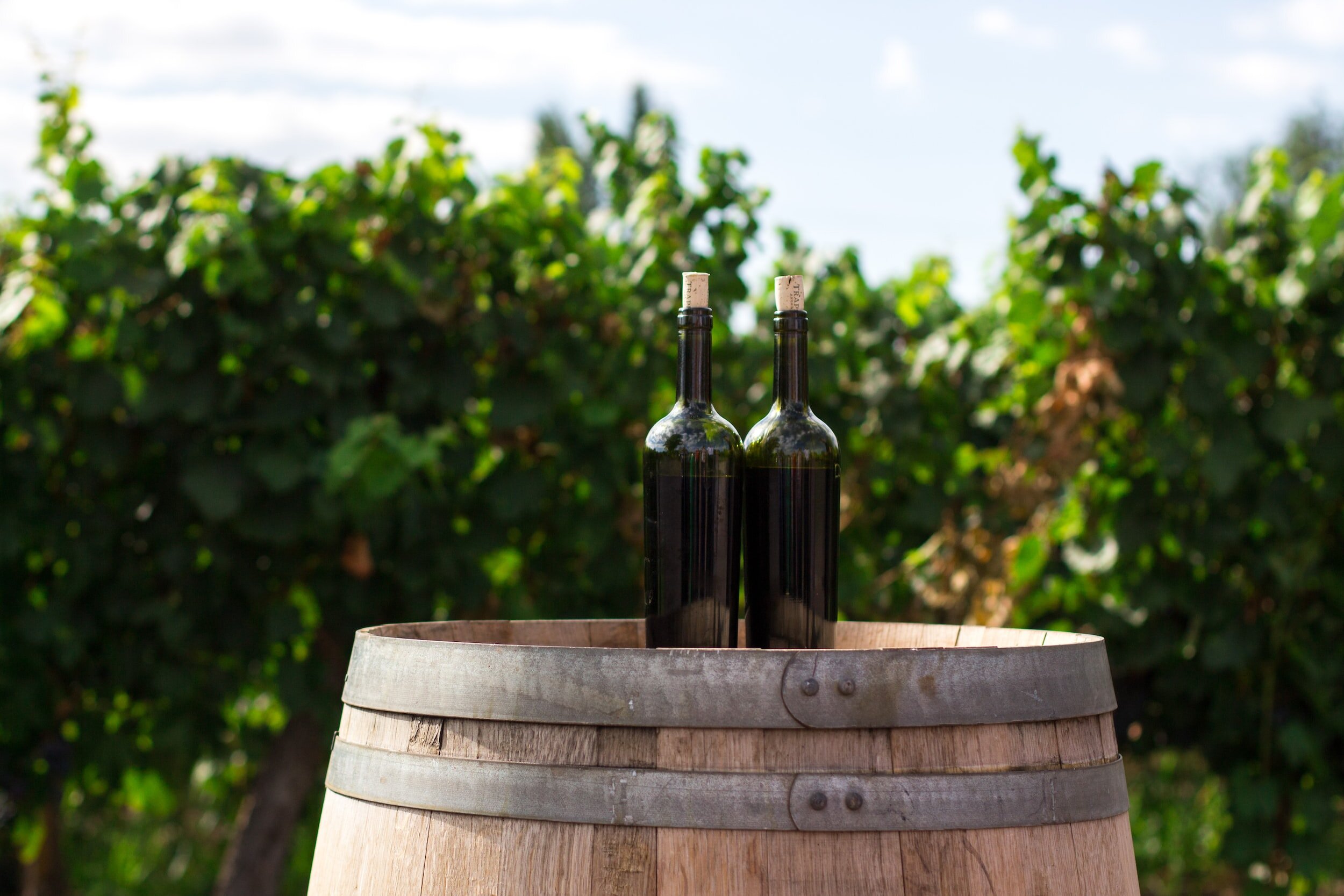
Ultimately, wine appreciation is a subjective journey. Embrace your personal preferences and enjoy wines according to your own tastes. With the vast variety of grape options available, there is no right or wrong answer when it comes to what you enjoy.
Remember: Sometimes complex isn’t necessarily a good thing. When it’s 120°F in Tucson, you’re probably going to reach for something light, fruity, friendly, and simple. Wines the industry describes as cheap and cheerful or porch pounders. They have their place on the table (or patio), too!
Celebrate the uniqueness of your own palate and indulge in the wines that bring you pleasure.
Whether you prefer light and fruity wines or bold and complex ones, there is a signature wine out there waiting to be discovered – or perhaps even several!
The Benefits of Trying New Wines

Expanding your wine horizons and venturing into uncharted territories when it comes to wine is what makes wine fun.
When you try new wines, you not only broaden your palate but also discover unique and distinct flavors.
Each grape variety has its own characteristics, influenced by factors such as climate, soil, and winemaking techniques.
By exploring unfamiliar wines, you can unravel a treasure trove of taste sensations that might surprise and delight you. It’s a journey that allows you to escape the comfort of familiar choices and embark on an adventure of discovery.
The Diversity of Grape Varieties
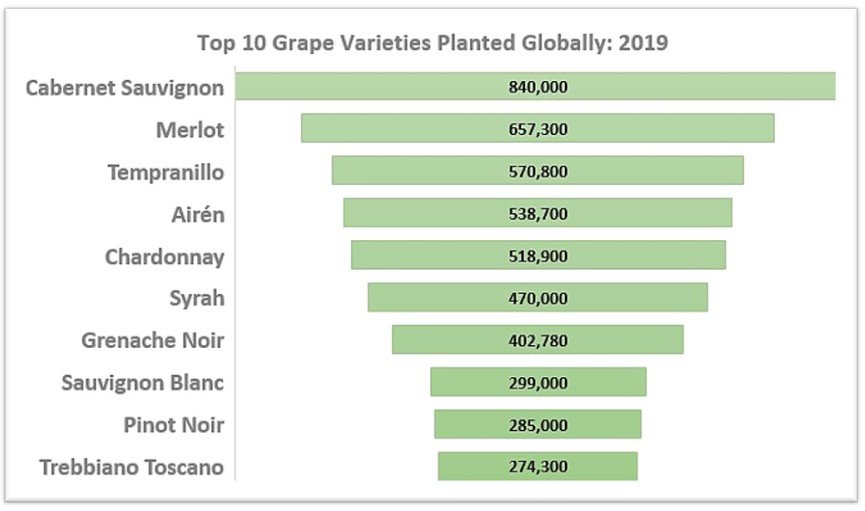
When we think of wine, certain grape varieties immediately come to mind. Cabernet Sauvignon, Merlot, Sauvignon Blanc, and Chardonnay are just a few examples. These grapes have gained international recognition and dominate the wine market.
But… there’s a world of grape varieties waiting to be explored.
From lesser-known varietals like Cabernet Franc and Sangiovese to unique and rare ones like Assyrtiko and Blaufränkisch, the options are endless.
By embracing these lesser-known grapes, you open yourself up to a whole new world of flavors and experiences.
Final Thoughts – How to Taste Wine Properly
Follow these six steps to taste unfamiliar wines, and let your taste buds explore.
By venturing beyond the familiar, you open yourself up to a universe of wine experiences. Embrace the diversity of grape varieties, savor the unique aromas and flavors, and celebrate the joy of discovering new favorites.
With 10,000 grape varieties in the world, there is a wine for everyone – waiting to be uncorked and enjoyed.
Thirsty for More?
Here’s a quick guide on major winegrowing regions and their signature wine styles worth exploring if you’re just getting into wine.
Check out this post on how to host your own blind tasting, which is a fantastic way to get into wine.
Head over to this post for a deep dive into old vine wines.




